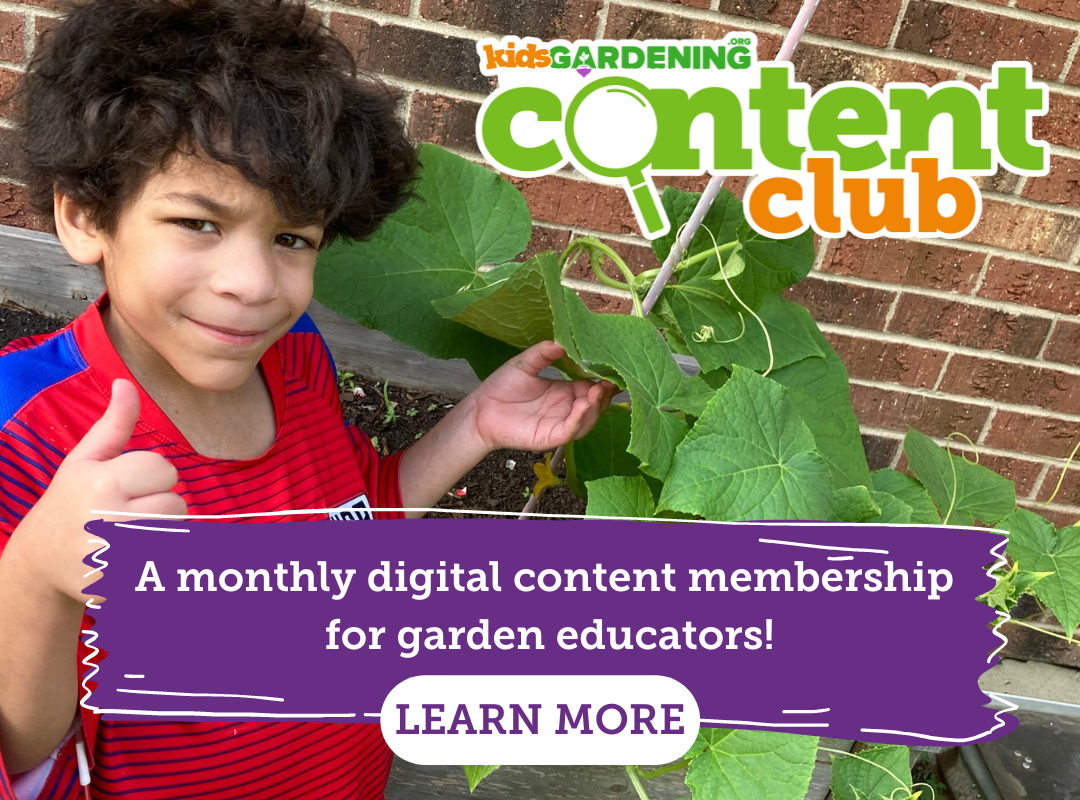Materials:
- The book Oliver’s Vegetables by Vivian French or Tops and Bottoms by Janet Stevens
- Common vegetables representing different parts of plants
- Food preparation materials: cutting board, knife, vegetable peeler, and bowls
Instructions
1. Read the book Oliver’s Vegetables or Tops and Bottoms. As you read, point out the different plant parts represented in the text. Explain that the vegetables we eat come from different parts of plants. However, make sure to point out to students that not all the parts of every plant are edible and some may parts even make them sick.
2. Make a salad that includes all the different plant parts. Here is a list of some of the more common parts we eat in salad:
- Roots - carrots and radish
- Stems- asparagus
- Leaves - lettuce, spinach, cabbage and parsley
- Flowers - broccoli and cauliflower
- Fruits - apples, avocados, cucumbers, green beans, peppers, and tomatoes
- Seeds – sunflower seeds, corn and garden peas
3. Wash each fruit or vegetable in cold water and dry thoroughly. Cut them up into bite sized pieces using a knife.
4. Toss all ingredients in a bowl and then put into individual dishes. Top with salad dressing if desired.
5. Finally, enjoy your plant parts salad!



